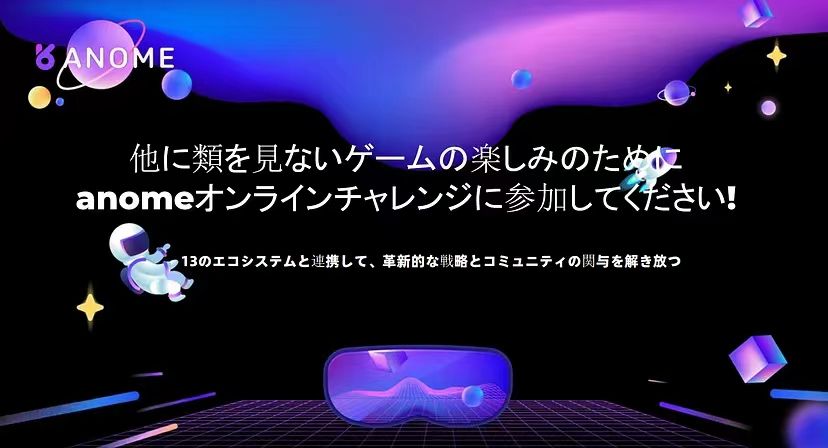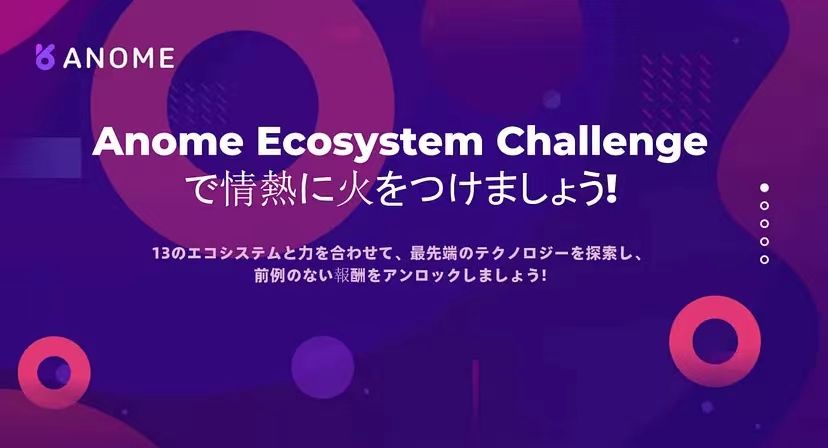Web3 – The Decentralized Web
Web3 – The Decentralized WebIn the early 1990’s the WWW revolutionized information. 10 years later, the Internet became more mature &programmable. We saw the rise of the so-called Web2, which b...
Web3 – The Decentralized Web
In the early 1990’s the WWW revolutionized information. 10 years later, the Internet became more mature & programmable. We saw the rise of the so-called Web2, which brought us social media and e-commerce platforms. It revolutionized social interactions, bringing producers and consumers of information, goods and services closer together, and allowed us to enjoy P2P interactions on a global scale. But always with a middleman: a platform acting as a trusted intermediary between A and B who did not know or trust each other. While these platforms have done an amazing job at creating a P2P economy, with an ever more sophisticated content discovery layer, they also dictate all rules of the transactions, and these platforms own all of our data.
In this context, Blockchain seems to be a driving force of the next generation Internet, the Decentralized Web, or Web3. Blockchain can bring us true P2P transactions without a middleman, and Bitcoin is the first use case. While Bitcoin is P2P money without banks and bank managers, the same technology that brought us Bitcoin could now allow us to build ride sharing without Uber, apartment sharing without Airbnb, and social media without Facebook and Twitter.
Killing the Server: Redesigning Data Structures
We first had the computer, and then we started connecting computers over the internet protocol. In the early days of personal computers, we used to save data on a floppy disc, eject it, walk over to the colleague that needed the file, insert the floppy disc into that person’s computer, and copy the file onto their computer so they could use it. Data was centrally stored one physical device, in order to transfer data, copies needed to be made. The internet made the transfer of these copies faster and massively reduced transaction costs.

30 years into mass adoption of the internet, our data architectures are mostly still client-server based. Which means that our data is centrally stored on one computer, and retrieved via the Internet by another computer over the Internet. Even though we live in an ever more connected world, where every device whether toaster or fridge are also connected to the internet, data is still centrally stored: on our devices, on the USB stick or even in the cloud. Which raises issues of trust: Can I trust those people and institutions that store my data against any form of corruption: internal or external, man-made or machine failure, on purpose or by accident? Such centralized data structures have a unique point of failure points of failure. It’s as if we never invented the Internet.

Web3 . Centralized vs Decentralized
From Data Monarchy to Data Democracy
P2P data architectures have existed since the 1990’s where they rose to fame with file sharing programs like BitTorrent and Tor browser. In combination with cryptography and game theoretic incentive mechanisms, Blockchain has taken P2P architectures to a new level. We can now start to move from centralized data structures where all data is stored on a central computer to more decentralized or fully distributed data architectures.

In the Web3, we are redefining data structure, given that we live in a connected world. It is important to note that Blockchain is only one of many technologies in this Decentralized Web Stack. While Blockchain is a great P2P way to record who did what and when, it is not ideal for storing large amounts of data, for two reasons: (1) scalability: blockchains are too slow, and (2) doesn’t allow privacy by design: never store private data on the Blockchain.
Web3 Technology Stack
Similar to building a normal web or mobile applications, creating a dApp commonly requires a few things: computation, file storage, external data, monetization, and payments. The community has made a lot of progress building the ecosystem in the past 4 years. While it was borderline impossible to build a dApp in 2014, in 2017 it’s feasible to build a basic dApp that requires minimal computation and file storage. The Web3 ecosystem has come a long way to develop a technology stack that devs can build upon. Here a listing of a few selected graphics:

General Web3 Stack
The transition from client-server internet to the decentralized web will be gradual rather than radical. As the decentralized web stack is still maturing, the transition seems to be shifting from centralized to partially decentralized to fully decentralized. Furthermore, it is important to point out that while decentralized architectures are more fault tolerant and attack resistant, they are also slower. While it is likely that the future of the internet will be more decentralized, this does not mean that we will get rid of centralized systems altogether. Centralized systems also have advantages and will likely prevail, but only for specific use cases.

Source: BigchainDB
Further Reading
- The dApp Developer Stack: The Blockchain Industry Barometer, by Fred Ehrsam
- Blockchain will usher in the era of decentralised computing, Bruce Pon, BigchainDB
- Fat Protocols, Joel Monegro
- The Shared Data Layer of The Blockchain Application Stack, Joel Monegro
- Web 3.0 Revisited — Part One: “Across Chains and Across Protocols”, Stephane Tual
- Blockchain Infrastructure Landscape: A First Principles Framing, Trent McConaghy
更多推荐
 已为社区贡献29条内容
已为社区贡献29条内容









所有评论(0)